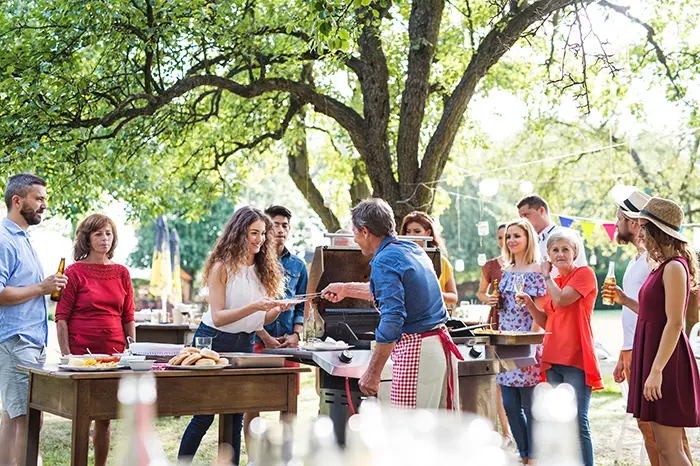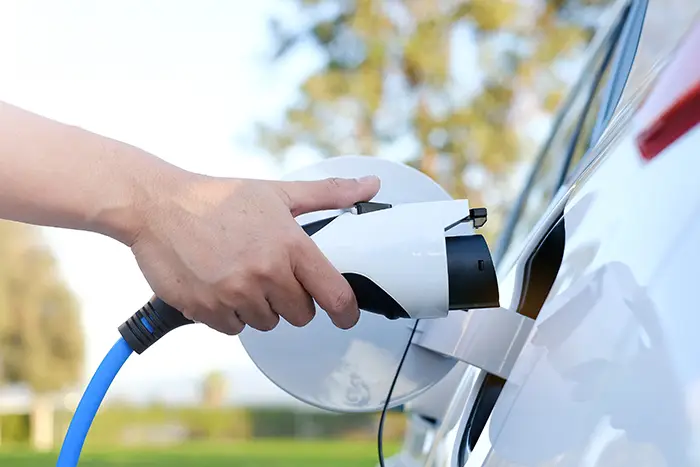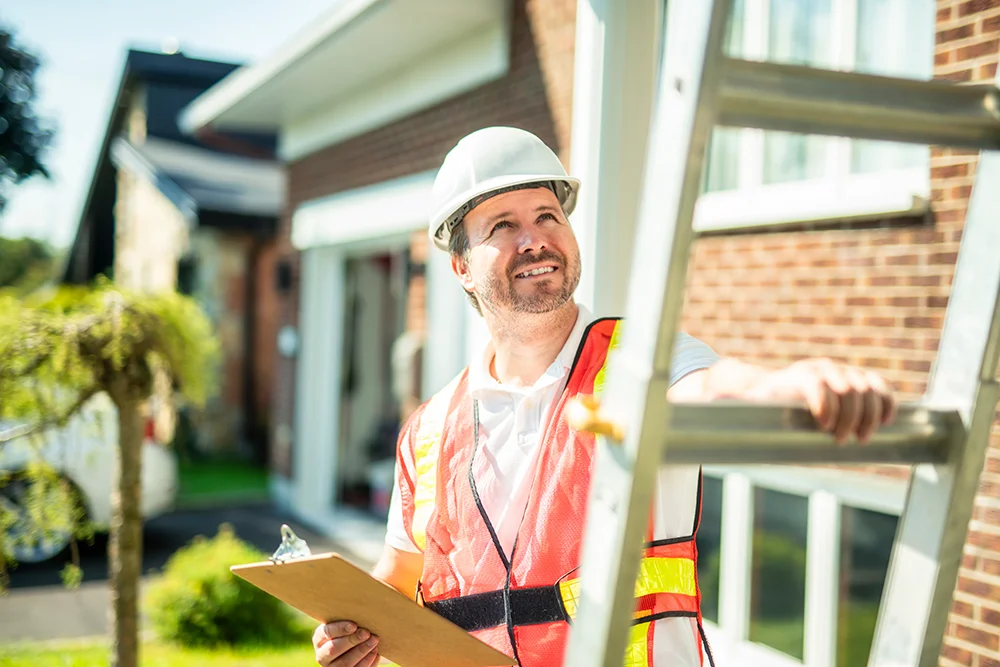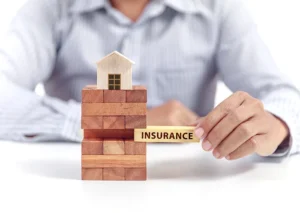Tips For Hosting A 4th Of July HOA Potluck Party
A well-run 4th of July HOA potluck can easily bring neighbors together and help create that elusive “sense of community” every board talks about. However, as with any event involving people, food, and fireworks, planning is crucial.
Start With the Right Invitation
You can’t have a good 4th of July HOA Potluck without participation. Participation starts with the invitation. Timing is key, so send out those invitations early, ideally 4-6 weeks in advance. People’s summer calendars fill fast.
The tone of the invite matters, too. It should sound warm, welcoming, and festive, not like a mandatory HOA compliance notice.
Also, regardless of how you send these invitations out, provide people with a way to RSVP so you can track attendance.
Choose a Spot That Works for Everyone
Will this be an outdoor HOA picnic on the greenbelt? Poolside gathering? Clubhouse affair? Whatever location you pick, accessibility matters.
Think about:
- Proximity to parking
- Restroom access
- Shade or shelter options (umbrellas, tents, etc.)
- ADA accessibility
- Seating (and how much folks will need to bring themselves)
Sometimes the perfect location means getting a little creative. In one community we worked with, the HOA partnered with a neighboring school to use their shaded outdoor pavilion—a great move that made the event far more comfortable in the July heat.
Set the Time Thoughtfully
Not everyone wants to be out late on a holiday, especially families with young kids or seniors in the neighborhood. Setting your 4th of July HOA Potluck for late afternoon (say, 4 to 7 PM) works well: folks can eat, mingle, and still catch fireworks if they want.
Or consider splitting the difference with a late lunch HOA picnic, letting people come and go. That helps accommodate those with other family plans.
Food Coordination: The Heart of Any HOA Potluck Party
It’s a no-brainer that most people come to a 4th of July HOA potluck for the food. While “bring your own dish” sounds simple enough, a bit of behind-the-scenes coordination helps avoid the dreaded six-pasta-salads-and-no-dessert scenario.
Here’s one approach you can take: Break up the neighborhood roster into sections by street or unit and assign each group a specific dish type, such as mains, sides, desserts, or beverages. This keeps the spread balanced and ensures everyone contributes.
Alternatively, you can use online signup forms to let residents volunteer for specific items. These platforms help track contributions without a flood of “who’s bringing what?” emails.
Here are a few extra tips to help you along the way:
- Encourage dishes that travel well. It might be a good idea to skip the ice cream, even if it’s summer.
- Remind contributors to label anything with common allergens
- Provide plenty of non-alcoholic drinks. After all, the July heat and cocktails don’t always mix
Don’t forget to have enough table space. Even the tastiest spread won’t shine if there’s no room to serve it.
Keep in Mind: Safety First

If your community allows fireworks, clearly communicate safety zones and time restrictions. Better yet, coordinate with local authorities to direct residents to public displays instead of encouraging at-home pyrotechnics.
For food safety, simple steps make a big difference. Here are some things to keep in mind:
- Set up shaded serving areas when possible
- Supply hand sanitiser stations
- Encourage residents to keep cold foods chilled and hot foods warm
Additionally, it never hurts to have a board member or volunteer monitoring common areas casually, ready to step in if needed.
Think Beyond the Food
Of course, food is the heart of any 4th of July HOA Potluck. But don’t stop there. The best gatherings layer in little extras to keep things festive. Some ideas:
- Kid-friendly lawn games: cornhole, giant Jenga, bubbles
- Simple live music: a neighborhood guitarist or portable speaker playlist
- Photo corner: think fun red-white-and-blue props for casual snapshots
- Decorations: balloons, banners, tablecloths—easy ways to set the mood
Yes, sparklers and glow sticks can add fun when the sun starts to set. However, you need to check your HOA’s and city’s fireworks rules first. After all, it’s better to be safe than to deal with liability later.
Communicate Rules Clearly
Here’s the part where many HOA boards trip up: coming on too strong with “event guidelines.” Certainly, you need to cover aspects such as noise restrictions, alcohol use, and pet policies.
However, remember to frame these rules lightly. Write them out as friendly reminders instead of rigid rulebook entries. By presenting these notes conversationally, you’ll avoid sounding heavy-handed and help everyone relax.
Setting the Right Tone
One thing seasoned board members know: the emotional tone of an event matters. That tone often starts with leadership.
If your HOA picnic feels too rigid or over-programmed, people may hesitate to relax. Too loose, and it can drift toward disorder. Strive for something in between. It should be structured enough to guide residents and casual enough to encourage conversations and mingling.
A friendly, conversational emcee (perhaps a board member with natural charm) can help bridge any gaps, providing light announcements and reminders as the afternoon unfolds.
Most importantly, model graciousness. If the board shows patience and good humour, it sets the tone for the entire gathering.
Manage Setup and Clean-Up Logistics

- Set up tables, chairs, and shade structures
- Check the sound system (if using)
- Restock supplies during the event
- Tidy up after (trash/recycling)
If your HOA hires a maintenance crew, check whether they can assist. If not, offering a small thank-you (gift card, extra raffle entry) for volunteers goes a long way.
After the Party: Gathering Feedback
After the last burger’s been flipped and the folding chairs stacked away, don’t forget one final step: feedback.
A short follow-up email or informal survey helps you capture what worked (and what didn’t). Did the music volume please everyone? Was the food selection broad enough? Were there enough shaded areas? This information doesn’t just help for next year’s 4th of July HOA potluck—it also shows residents that their input matters.
Even better, follow up with a few photos from the day. Posting a small gallery (with permission) on the HOA website or social page helps cement those memories and builds buzz for future events.
A Little Effort Goes a Long Way
In the end, hosting a great 4th of July HOA Potluck doesn’t require perfection. It’s not about elaborate catering or a massive turnout. It’s about small moments: neighbors sharing food, swapping stories, and maybe even making a few new friends.
RELATED ARTICLES:





















 Detailed Scope of Work
Detailed Scope of Work HOA Access and Oversight Rights
HOA Access and Oversight Rights 4. Interview Finalists
4. Interview Finalists
 1. Call to Order
1. Call to Order 6. Open Forum
6. Open Forum
 Ensuring Quality Services
Ensuring Quality Services 3. Request Proposals
3. Request Proposals Bid Comparisons
Bid Comparisons Document Everything
Document Everything
